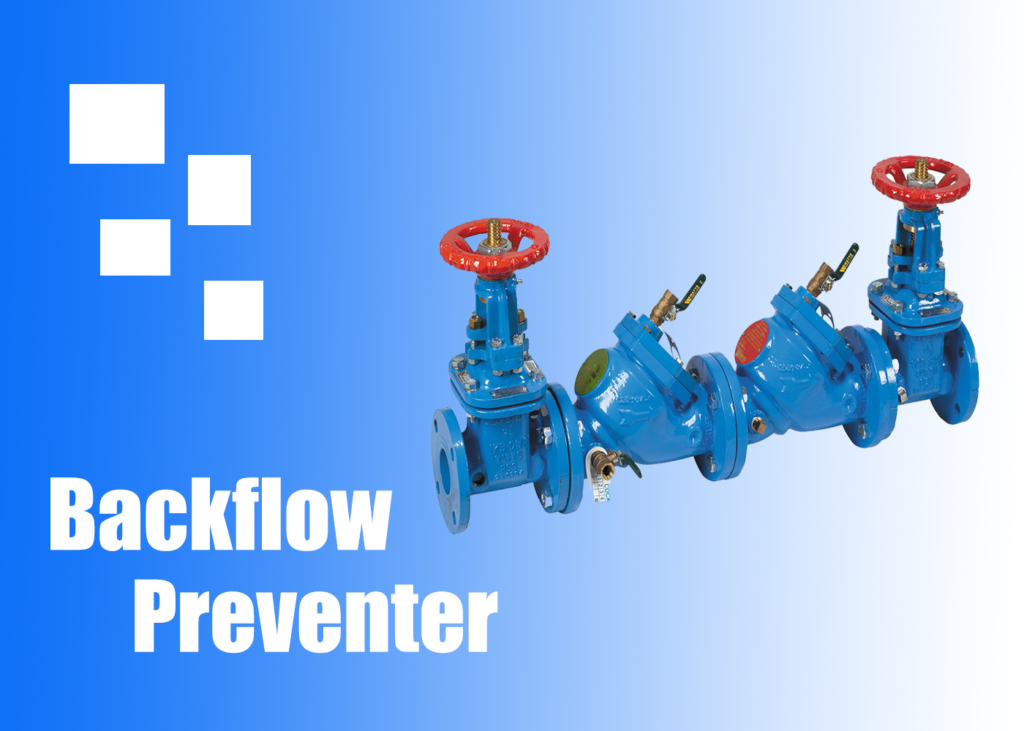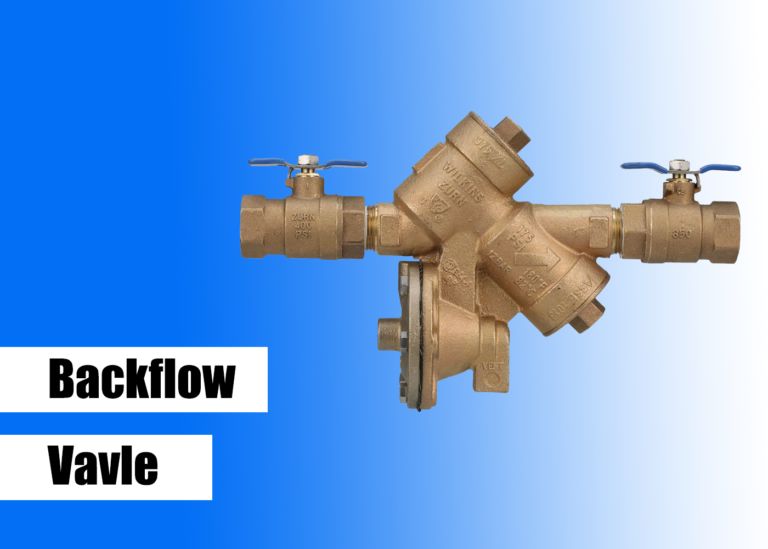Backflow Preventer - What Is It And How Does It Work?

So what is a backflow preventer? How does it work?
And, do I really need it?
In this article, you will uncover the answers to these questions and more.
Backflow Preventer - What Is It?

How Does It Work?
There are different types of backflow preventers, and each will have its own mechanism of only allowing water to flow in one direction. Below are some of the most commonly used backflow preventers.
- Atmospheric Vacuum Breaker (AVB) – this kind of device doesn’t use any valves. Instead, it uses natural air and water pressure. Typically, it looks like an elbow-shaved device, and it’s commonly placed on a flush, toilet or faucet valve.
- Double Check Valves (DCV) – this type of device makes use of a gate valve or ball on each end. The design also allows for isolation and testing.
- Double Check Detector Assembly – this one works very similar to the DCV but with an added detector. The detector is for notifying if the water is being used.
- Reduced Pressure Zone Device (RPZ) – this design incorporates two independent check valves. Also, it allows for the drainage of excess pressure. Typically, this device is only installed if there’s a potential that the backflow could seriously injure someone.
Do You Need A Water Backflow Preventer?
Wrapping It All Up
A backflow preventer is a device that is typically installed into a pipe. Its main purpose is to allow water to flow in one direction and prevent it from going back to the opposite direction. Most counties will require you by law to install a backflow preventer to prevent the backflow of water to the main water supply line. Check your local plumbing regulations if you want to be sure.
We are a top-rated company that offers backflow preventer testing services in Burlington County, New Jersey. All of our employees are certified and insured, and we pride ourselves on providing quality customer service.
We offer various services, including backflow preventer testing, repairs, and installations. We also provide 24/7 emergency services, so you can count on us to help you in a time of need. Contact us today to learn more about our services or schedule an appointment!

